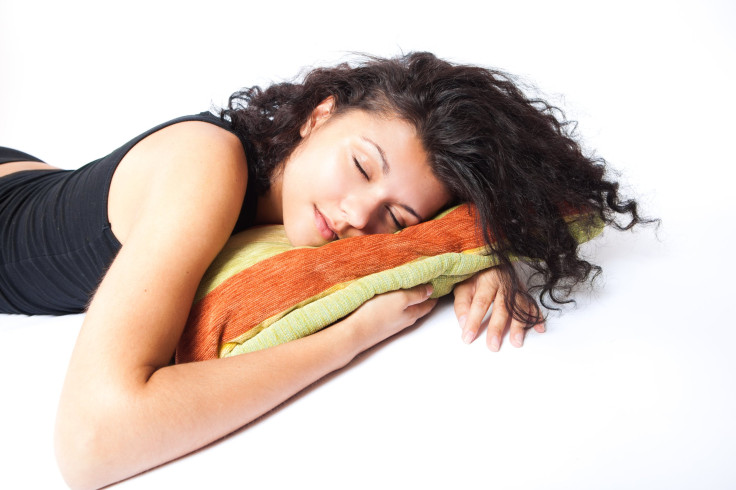New Types Of Artificial Lighting May Restore Sleep, In Outer Space And On Earth

The invention of the electric light bulb and the development of the Industrial Revolution changed the way Americans and the rest of the world not only work but sleep.
On the Western Prairie away from gas street lamps and electric poles stringing homes and businesses together, farmers and other settlers lived the natural life for a bit longer, gradually succumbing to a nightlife lit artificially by electric, or blue, light. Gone forever were 10-hour nights of uninterrupted slumber, along with paraffin lamps following the last rays of the dying sun. And soon came the fluorescent light bulb everywhere, emitting harsh rays of blue light, a type that suppresses the body’s melatonin and, therefore, sleep.
From the industrial age to the space age, the type of lighting people use indoors may significantly affect the quality of sleep following exposure, according to research conducted by NASA and other organizations. Today, NASA plans to replace fluorescent panel lighting on the International Space Station with solid-state lighting modules that dim and change hues between colors depending on the time of day, ranging between white, blue, and red. The color transitions correspond to the natural cycles of sleep humans experience on Earth.
Given that half of NASA’s astronaut corps reports taking sleeping pills while in orbit, researchers plan to spend $11.2 million of the fiscal year 2016 budget testing new lighting alone. What they learn may help not only astronauts in space but everyone else on earth. To date, a number of manufacturers have entered this new lighting market space.
Below is a video on NASA lighting research:



























